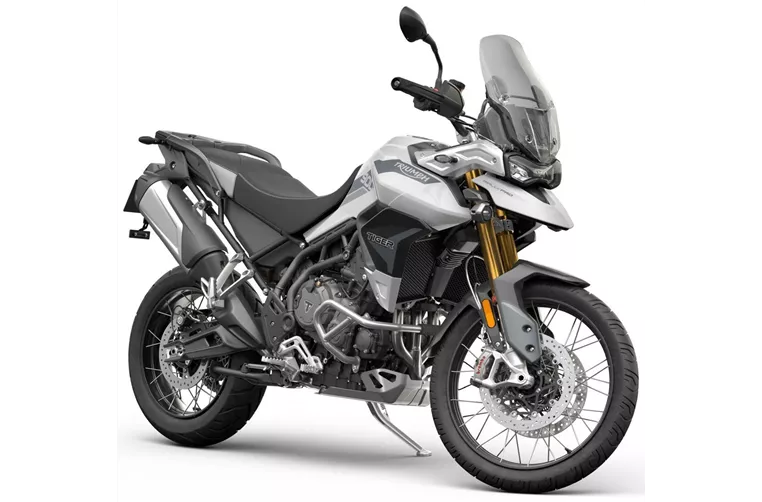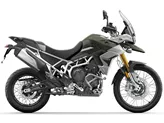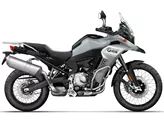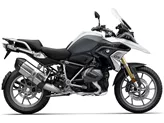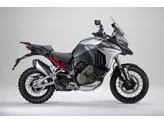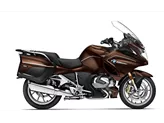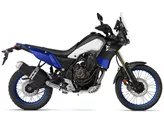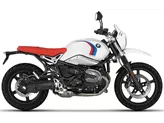Triumph Tiger 900 Rally Pro 2022 vs. BMW R 1200 GS 2016
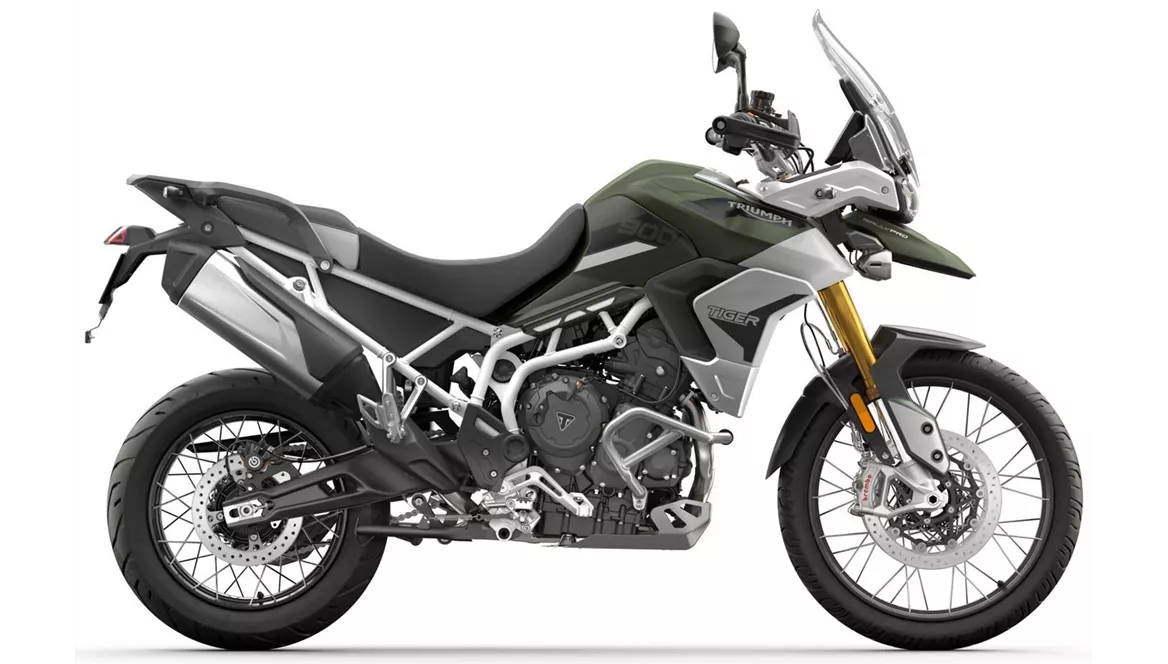
Triumph Tiger 900 Rally Pro 2022

BMW R 1200 GS 2016
Overview - Triumph Tiger 900 Rally Pro 2022 vs BMW R 1200 GS 2016
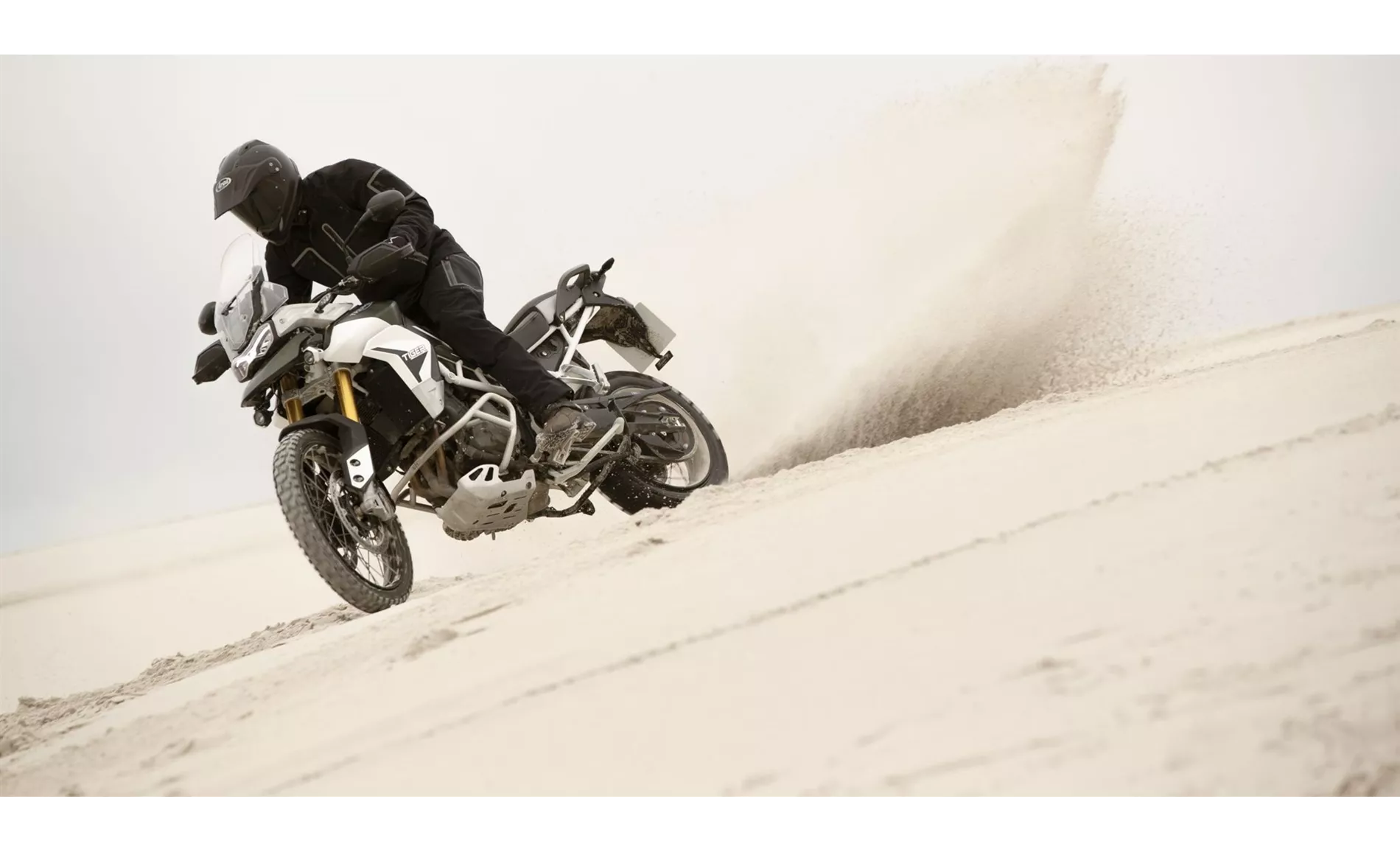
Triumph Tiger 900 Rally Pro 2022

BMW R 1200 GS 2016
Technical Specifications Triumph Tiger 900 Rally Pro 2022 compared to BMW R 1200 GS 2016
Pros and Cons in comparison
Pros and Cons in comparison
Triumph Tiger 900 Rally Pro 2022
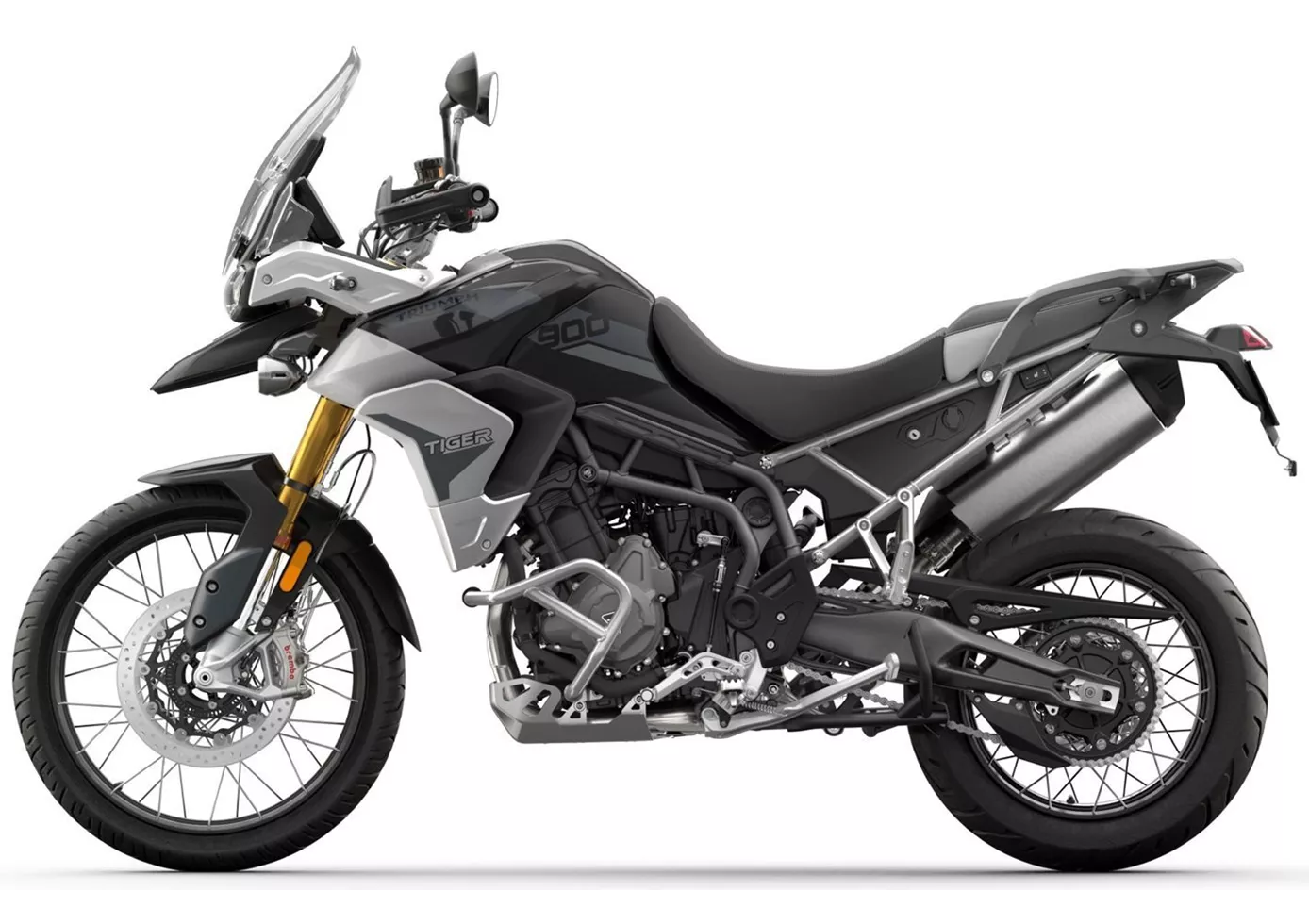
It's impressive how well the bike manages the balancing act between on- and off-road, doing exactly what a touring enduro should be able to do, or what you still want to do with a touring enduro. And it does so with a degree of maturity that is astonishing for a new model and shows that Triumph has done its homework and has sensibly further developed the already underrated Tiger 800. Even if some die-hard Tiger fans may miss the now less pronounced, typical whistle of the three-cylinder. The question of whether the Tiger 900 Rally Pro is ready for the road can only be answered with a "when do you want to go again?
BMW R 1200 GS 2016
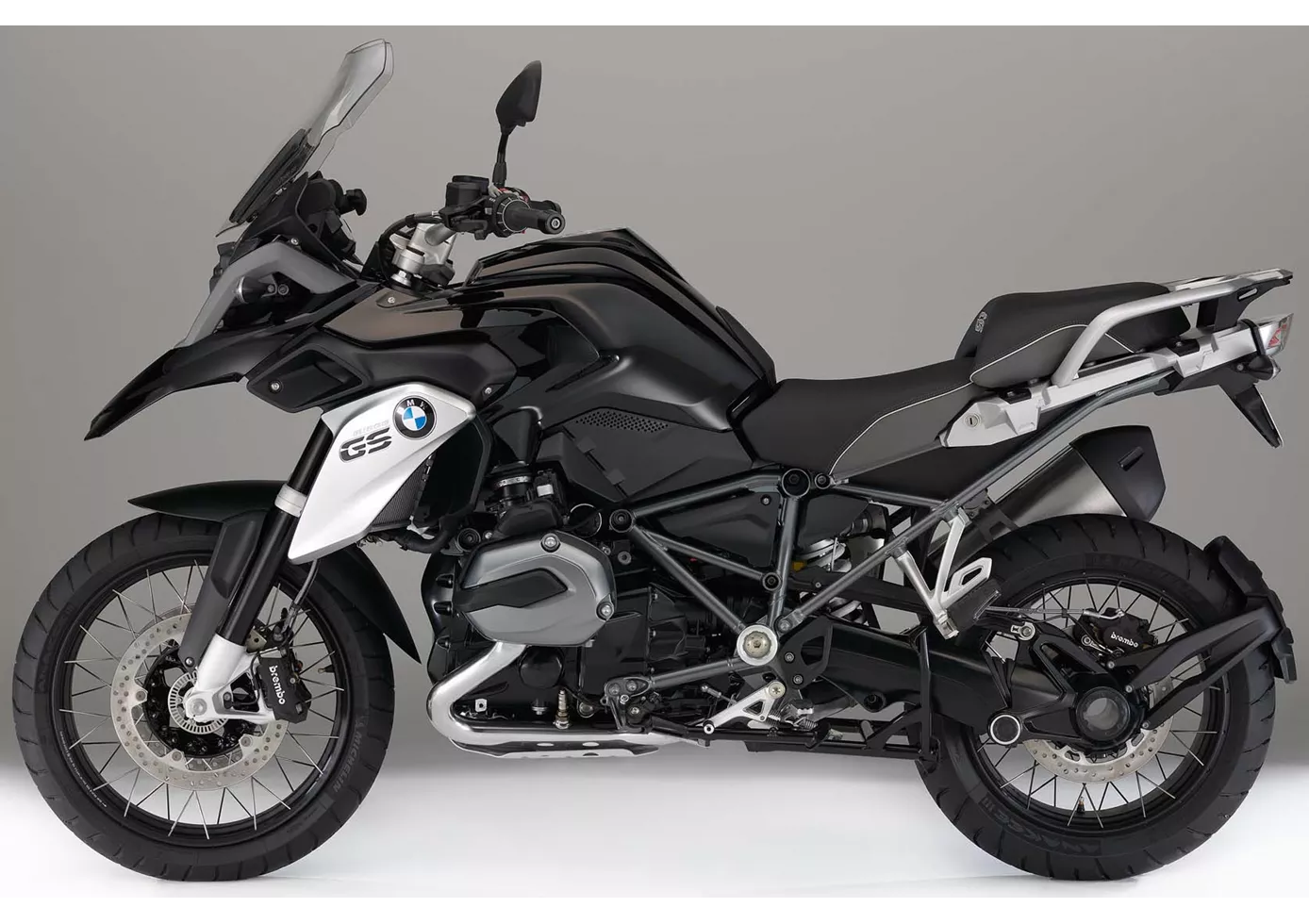
A GS is at home almost anywhere - but only to a limited extent on the racetrack. It's a pleasure to feel the power of the partially water-cooled boxer twin cylinder on the exit of the bend - 125 hp only seems much weaker on paper than 150 or even 160 hp on the competition. With 125 Newton metres of torque, the acceleration from the bottom is superb anyway and the GS, at 238 kilos ready to ride, does not carry too much flab despite its bulky appearance. In very tight corners, the low centre of gravity also has a positive effect - the BMW R 1200 GS is very hard to crack! Even the front telelever suspension, which suppresses the front wheel's tendency to sink in under braking, fits perfectly into the GS's overall package and only slightly detracts from its sporty character.
